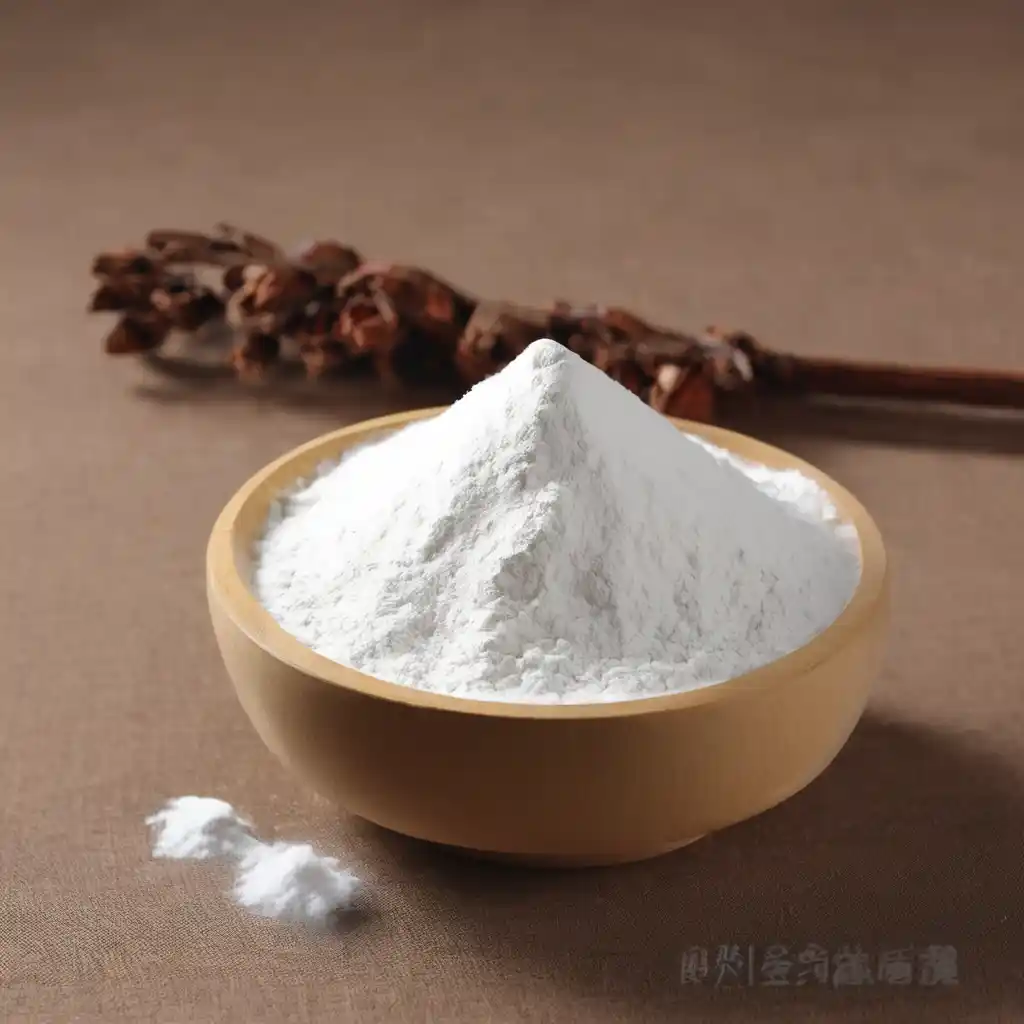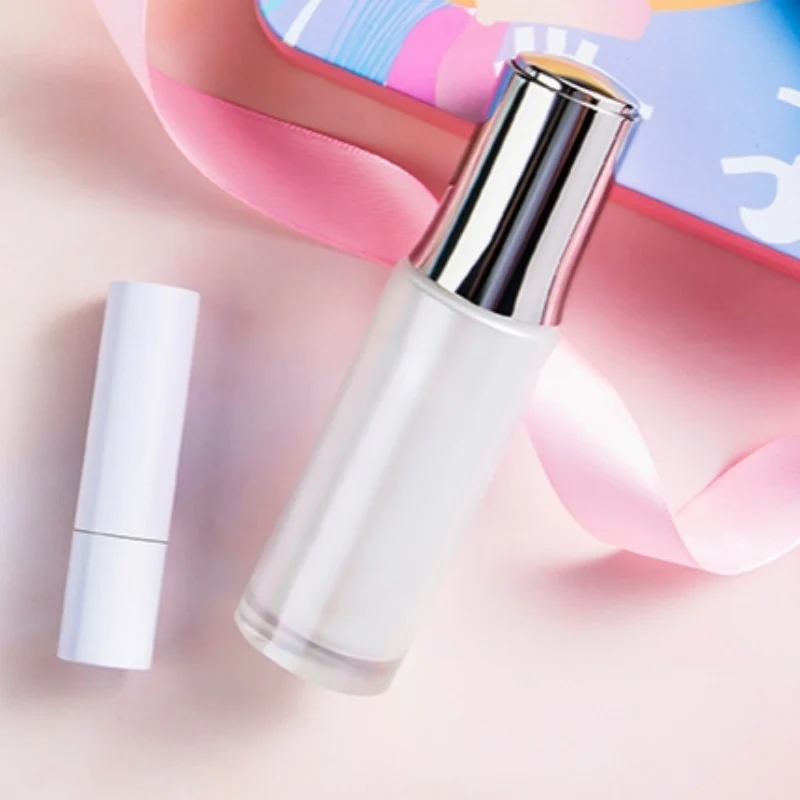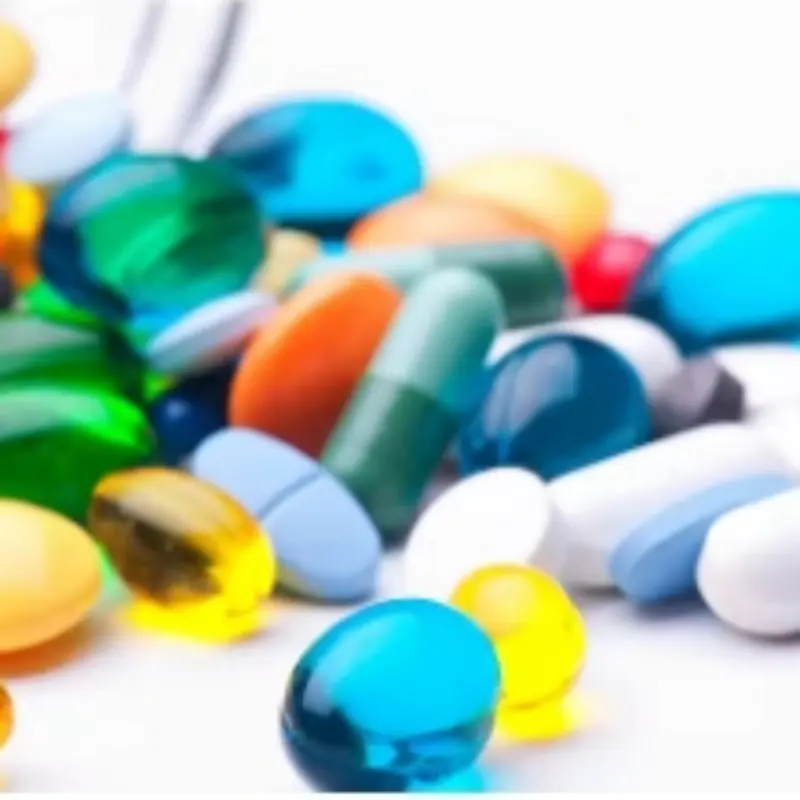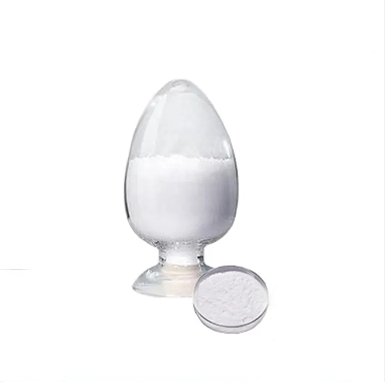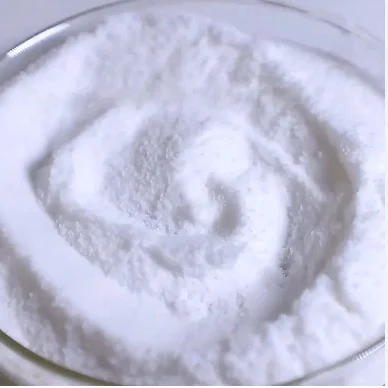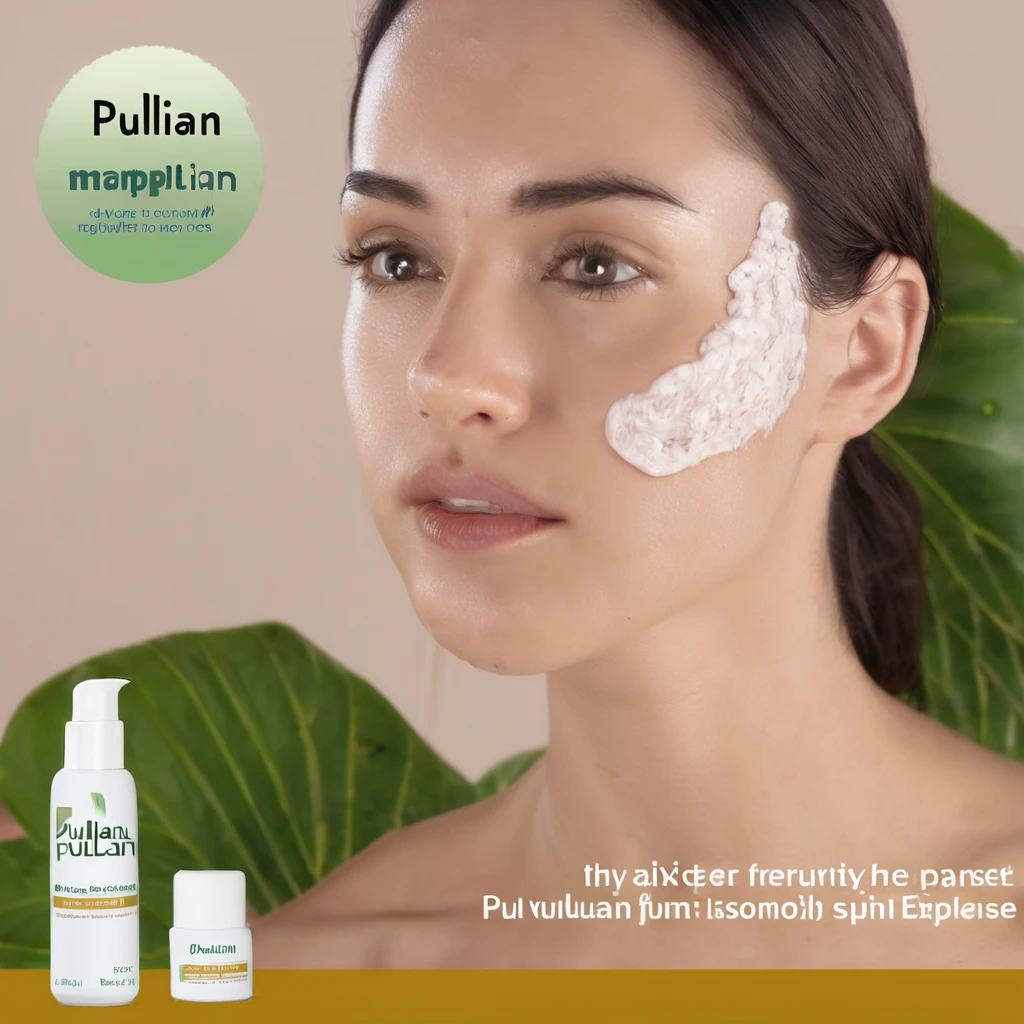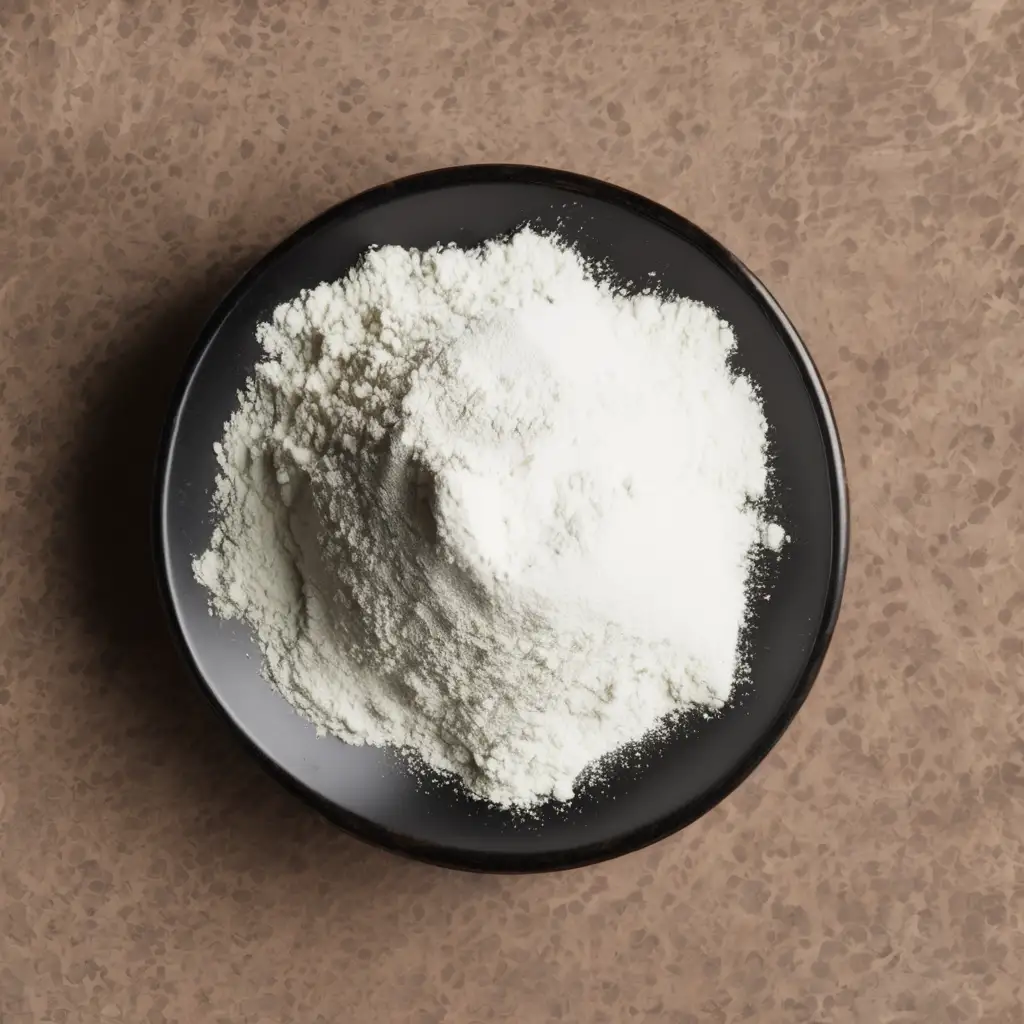What are Food Additives?
Food additives are substances added to food to enhance its flavor, appearance, texture, or shelf life. They are used in various ways to improve the quality and safety of food products. Here’s a more detailed look at food additives, their types, and their purposes:
Types of Food Additives
Preservatives:
Purpose: Extend the shelf life of foods by preventing spoilage caused by bacteria, fungi, and other microorganisms.
Examples: Sodium benzoate, potassium sorbate, nitrates, and sulfites.
Antioxidants:
Purpose: Prevent oxidation, which can cause rancidity and color changes in food.
Examples: Ascorbic acid (vitamin C), tocopherols (vitamin E), and butylated hydroxyanisole (BHA).
Color Additives:
Purpose: Enhance or restore the color of food, making it more appealing.
Examples: Caramel coloring, annatto, and synthetic dyes like tartrazine (yellow 5).
Flavor Enhancers:
Purpose: Intensify the flavor of food without adding a specific taste of their own.
Examples: Monosodium glutamate (MSG), hydrolyzed vegetable protein.
Emulsifiers:
Purpose: Help mix ingredients that typically do not blend well, such as oil and water.
Examples: Lecithin, mono- and diglycerides, polysorbates.
Thickeners and Stabilizers:
Purpose: Improve the texture and consistency of food products.
Examples: Xanthan gum, pectin, gelatin, guar gum.
Sweeteners:
Purpose: Provide sweetness with or without the calories of sugar.
Examples: Stevia, aspartame, sucralose, saccharin.
Nutritional Additives:
Purpose: Enhance the nutritional value of food by adding vitamins, minerals, and other nutrients.
Examples: Folic acid, vitamin D, calcium carbonate.
Benefits of Food Additives
Safety and Preservation: By preventing spoilage and contamination, additives help keep food safe to eat for longer periods.
Enhanced Nutritional Value: Additives can fortify foods with essential nutrients that might be lacking in the diet.
Improved Taste and Appearance: Additives can enhance the flavor, color, and texture of food, making it more enjoyable to eat.
Convenience: Additives allow for the creation of convenient, ready-to-eat products that fit modern lifestyles.
Regulatory Oversight
Food additives are subject to stringent regulation and oversight by agencies such as the U.S. Food and Drug Administration (FDA) and the European Food Safety Authority (EFSA). These agencies evaluate the safety of food additives through rigorous testing and scientific studies before approving them for use.
Conclusion
Food additives play an essential role in the modern food industry, contributing to the safety, quality, and variety of food products available today. While some consumers may have concerns about the use of additives, regulatory bodies ensure that only safe and tested substances are allowed in our food. Understanding the types and purposes of food additives can help consumers make informed choices about the foods they eat.
Food additives play a crucial role in modern food production, improving taste, texture, preservation, and nutritional value. While there are many food additives, some stand out for their safety profiles and extensive use. This article highlights the top 10 safest food additives, including pullulan, supported by specific data.
1. Ascorbic Acid (Vitamin C)
Ascorbic acid is widely used as a preservative and antioxidant in food products. It helps prevent oxidation, preserving color and flavor. The FDA recognizes it as safe, and it is an essential nutrient. Studies have shown that ascorbic acid intake up to 2,000 mg per day is well-tolerated by most individuals without adverse effects.
2. Citric Acid
Citric acid is a natural preservative and flavoring agent found in citrus fruits. It is used to add a sour taste to foods and beverages and to preserve their shelf life. According to the FDA, citric acid is generally recognized as safe (GRAS). A review in the "International Journal of Toxicology" (2019) found no adverse effects from citric acid consumption at levels commonly used in foods.
3. Lecithin
Lecithin is used as an emulsifier in many processed foods, including chocolate, baked goods, and salad dressings. It helps blend ingredients that typically do not mix well. The FDA considers lecithin safe, and a 2020 study in the "Journal of Food Science" confirmed its safety at typical dietary levels, showing no significant adverse effects.
4. Pectin
Pectin is a natural thickening agent extracted from fruits, commonly used in jams and jellies. It is recognized as safe by the FDA. A study published in "Food Hydrocolloids" (2018) found that pectin consumption up to 25 grams per day was well-tolerated and had beneficial effects on gut health.
5. Pullulan
Pullulan is a polysaccharide polymer used as a film-forming agent, thickener, and stabilizer in various food products. It is known for its non-toxic, edible nature. The FDA has approved pullulan as a food additive. A study in the "Journal of Food Science and Technology" (2021) confirmed its safety, showing no adverse effects in humans at doses up to 10 grams per day.
6. Sodium Bicarbonate (Baking Soda)
Sodium bicarbonate is a versatile additive used in baking, as an antacid, and for cleaning. The FDA recognizes it as safe. A review in "Regulatory Toxicology and Pharmacology" (2020) indicated that typical dietary exposure poses no health risks and confirmed its efficacy and safety in various applications.
7. Xanthan Gum
Xanthan gum is a polysaccharide used as a thickener and stabilizer in many foods, including salad dressings and ice cream. It is considered safe by the FDA. Research in "Food Additives & Contaminants" (2019) found no adverse effects from xanthan gum consumption at levels up to 15 grams per day, noting its benefits for food texture and stability.
8. Calcium Carbonate
Calcium carbonate is used as a food additive to fortify foods with calcium, acting as a dietary supplement and a preservative. The FDA recognizes it as safe. A study in "Nutrients" (2018) showed that calcium carbonate is an effective and safe source of calcium, with no adverse effects at typical dietary levels.
9. Gelatin
Gelatin is a protein derived from animal collagen, used as a gelling agent in desserts, marshmallows, and various gummy candies. It is recognized as safe by the FDA. Research in the "Journal of Nutrition" (2017) indicated that gelatin consumption is safe and beneficial for joint and skin health at typical dietary levels.
10. Stevia
Stevia is a natural sweetener derived from the leaves of the Stevia plant. It is used as a sugar substitute in many low-calorie and sugar-free products. The FDA has approved stevia extracts as safe. A comprehensive review in "Critical Reviews in Food Science and Nutrition" (2019) confirmed its safety and potential benefits for blood sugar control, with no adverse effects at typical consumption levels.
Conclusion
These top 10 food additives, including pullulan, have been extensively studied and are recognized for their safety profiles. Regulatory bodies like the FDA have confirmed their safety for consumption at typical dietary levels. By incorporating these additives, food manufacturers can improve the quality, safety, and nutritional value of their products, ensuring a better experience for consumers.
